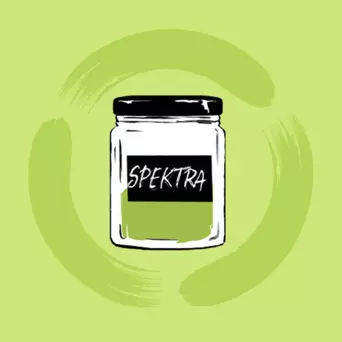When it is time to give your home a quick makeover, even the smallest paint leftovers can come in handy. But how should you store paint leftovers to make sure they can be used when you do need them?
If you’re left with a large quantity of paint after a painting job has been finished and the container is still almost full, all you need to do is thoroughlywipe the rim of the container with a clean cloth and seal it. The rim should also be wiped repeatedly during the job itself, as dry paint on the rim will make it harder to close and reopen the lid. To remove dried paint from grooves on the seal you can use a small screwdriver, wrapped in an old cloth and soaked in paint remover. Another way to store paint is to place a piece of cling film under the lid to prevent the paint from crusting at the seal. Make sure the lid is airtight as this is the only way to prevent the paint from drying out inside the container.
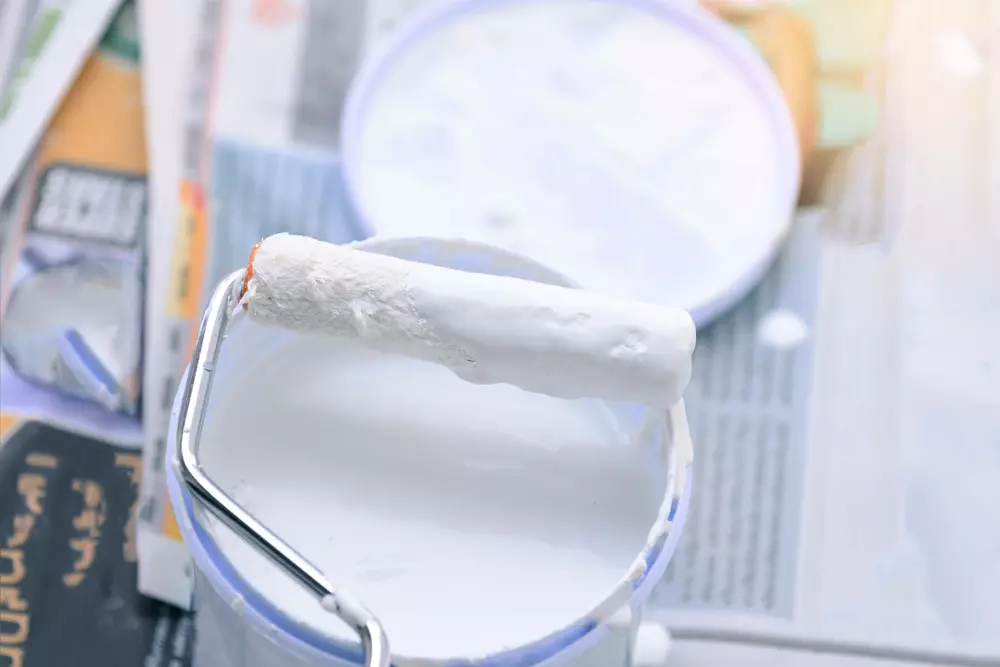
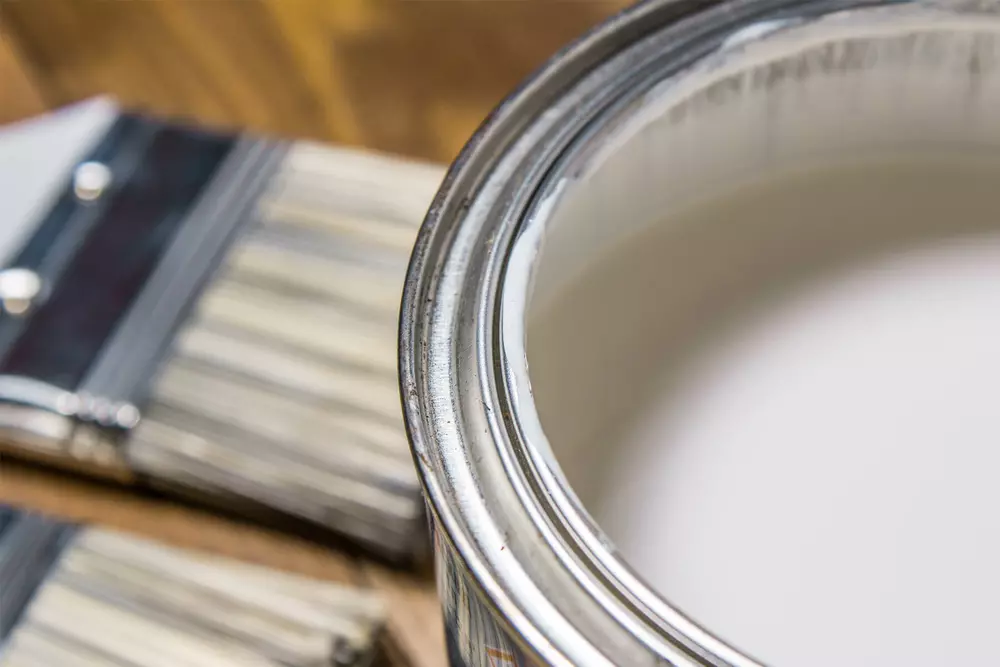
Special attention should be paid to metal containers, where the use of a tool or force may damage the lid by bending or curving it, as a result of which the container can no longer be closed with an airtight seal. Certainly the safest tool to use is a rubber hammer, but you can also try putting a cloth or a piece of wood on the lid and knocking it lightly. You can also purchase a metal opener in any well-stocked paint store that is designed specifically for opening paint cans.
If the container is half or almost completely empty, it has too much air inside and as a result the paint is more likely to dry. In this case pour the leftover paint into a smaller container. An ordinary glass pickle jar can be used or a small plastic container which can be properly closed and made airtight. The size of the container should match the quantity of paint and the container should be filled with the paint to the top to minimize the amount of air inside. Jars with a wide mouth are recommended to allow easy access with a paintbrush. Glass or see-through material is also a plus. Before pouring the leftover paint into a smaller container, stir it well.
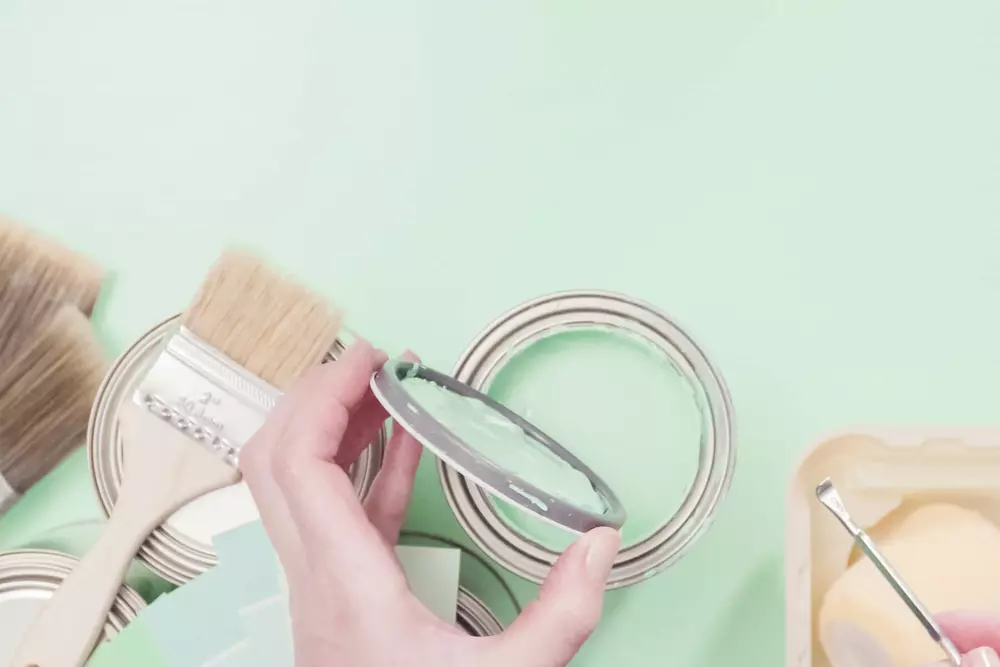
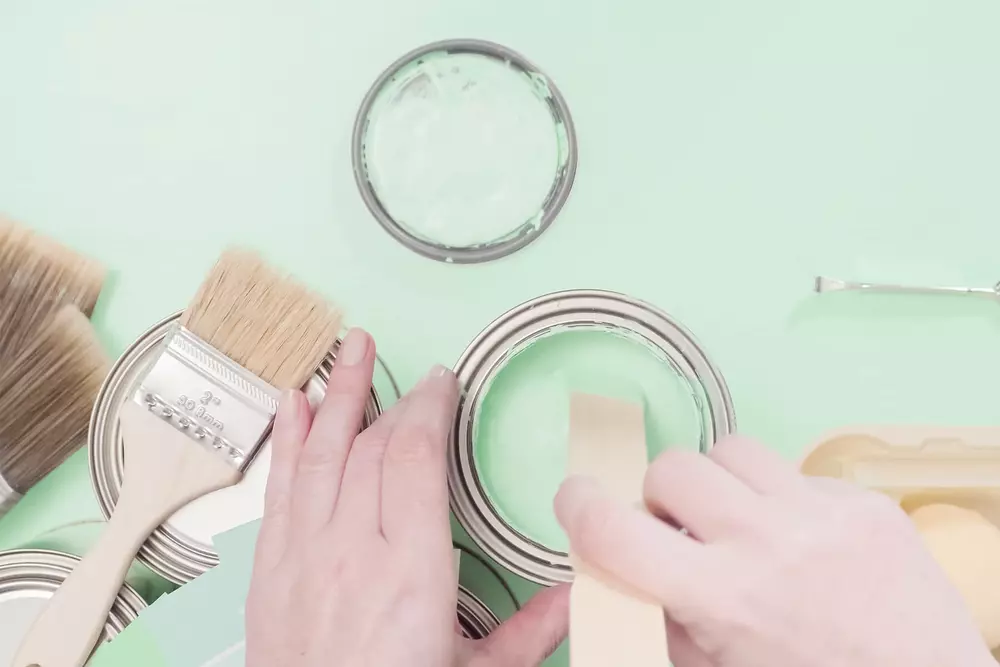
Pouring the paint into a smaller container not only prevents it from drying but also saves space. However, by doing this you may lose some of the information indicated on the original packaging that might be useful for future painting jobs. If possible, remove the original label with the most information about the paint properties, batch number and colour tone (if the hue was mixed at a paint mixing service) and stick it on the new container filled with the leftover paint. It is also a good idea to mark the date of opening, whether the paint has been thinned and which room or surface it was used on, particularly when you are storing several hues at home. You can also take a picture of the original label or use a blank label or a strip of masking tape and copy the key information on it. Avoid using a pencil and preferably write with a ballpoint pen, permanent marker or any pen where you don’t have to worry that the writing will smudge or fade over time. You can get creative here, too; play around with labels of different shapes and sizes. If you like to keep your storage neat and tidy, this might be your favourite part of the clean-up after a painting job.
Paint can be stored in a storage room, the basement, tool shed or a garage, as long as the room has good heat insulation. High temperatures will make the paint dry out faster, whereas very low temperatures will cause it to freeze. It is also advisable to store paint on higher shelves since moisture, which is usually greater at ground level, increases the risk of rust on tin containers. Another highly suitable place for storage, which is often overlooked, is high shelving in living spaces which, as a rule, have the smallest temperature swings.
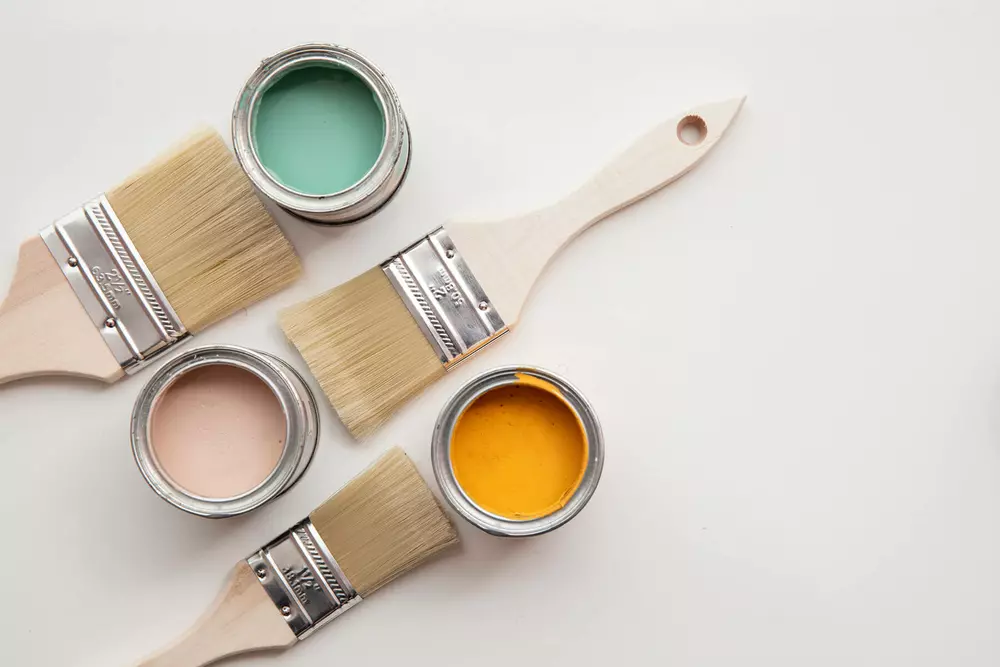
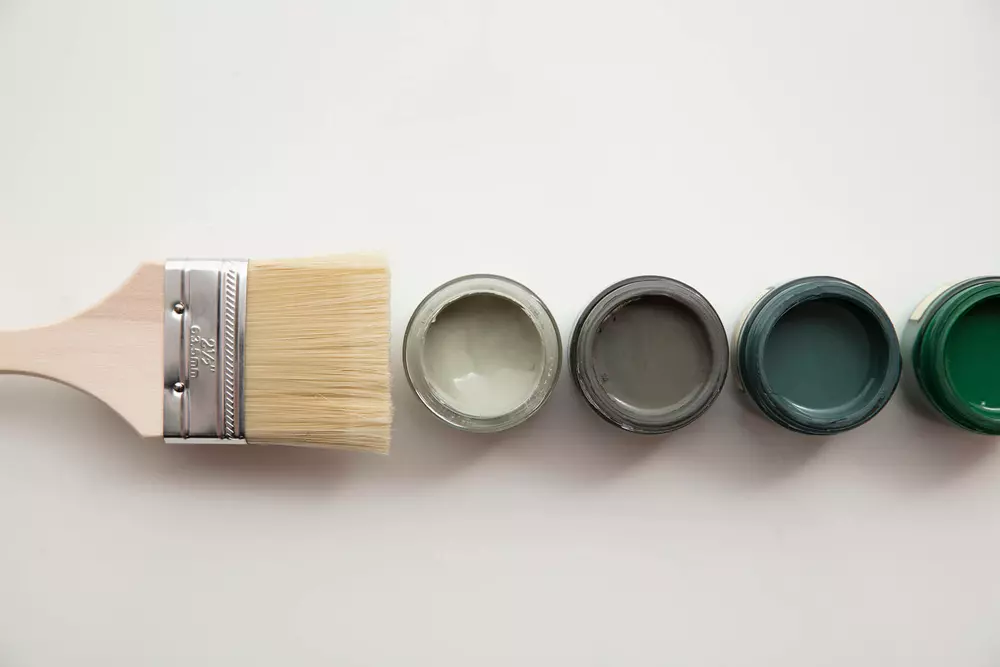
Even when properly stored, the shelf life of paint is still relatively short. Before storing any leftover paint, it therefore makes sense to consider whether the paint will be needed shortly and in what amounts? At all events it is a wise to save a small quantity of paint that will be sufficient to touch up minor flaws such as scratches, scuffs or discolorations, which appear on the surface over time. If planning to paint large areas in the near future, you can also save the leftovers in order to use it as the first coat, which will be especially helpful when trying to achieve a transition from a very dark to a very bright shade. However, there is no point in storing large amounts of paint when we know it is unlikely to be used up in the following months. This only extends its storage time until the paint is no longer usable and has to be discarded.
How to fix minor flaws such as dents, scratches, scuffs or stains which cannot be removed with a cloth?
To maintain the appearance of flawless surfaces you do not have to repaint the entire surface each time. The eye can easily be tricked just by painting one wall in the room or repairing a few minor flaws. Paint an area that is large enough to achieve a consistent look. The area to be touched up should first be freed of dirt, dust and any impurities which prevent good paint adhesion. Fill in any large hollows with putty where required and then lightly sand the surface. Next, use a small or medium-sized paintbrush or roller which allows you to apply the paint with precision. The painting tool should be selected with regard to how the surface was originally painted to maintain the existing texture. Finally and most importantly, apply the paint to the surface in thin coats and assess the final result only once the paint has dried completely.

